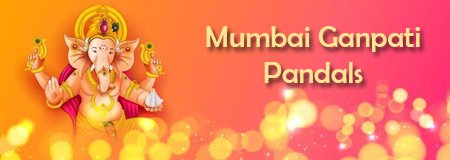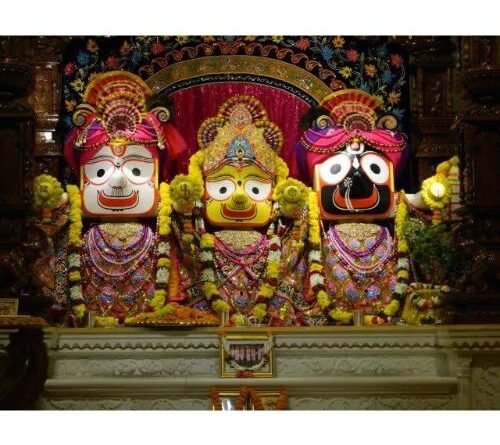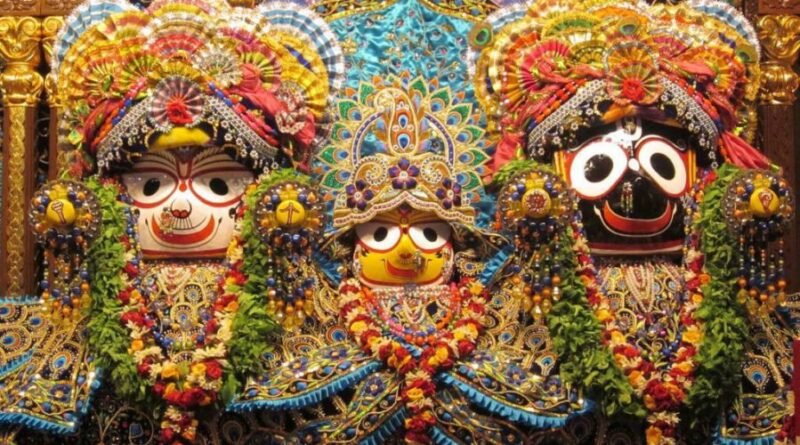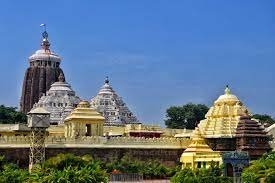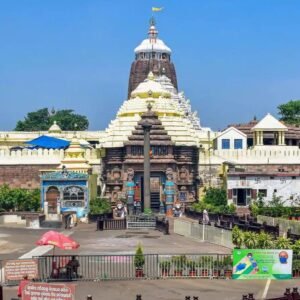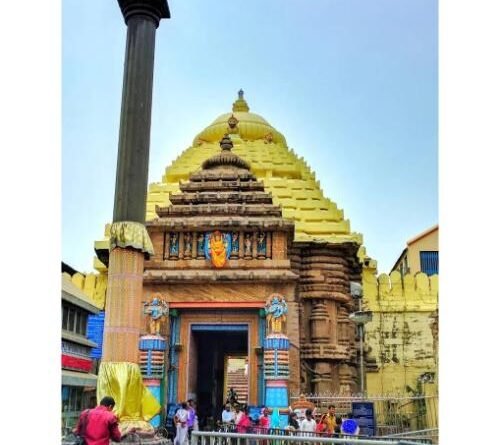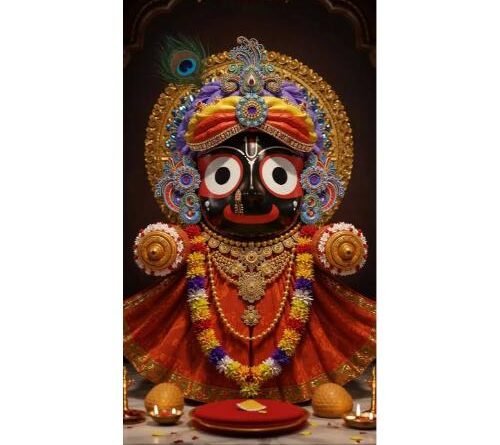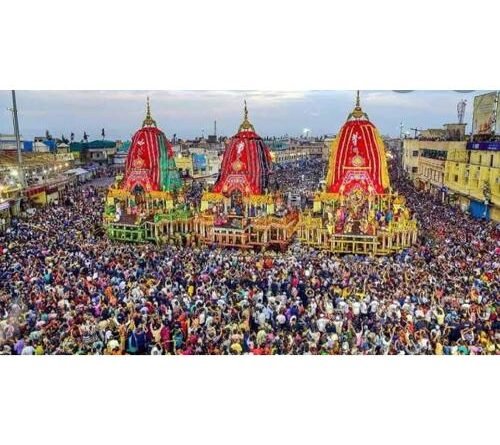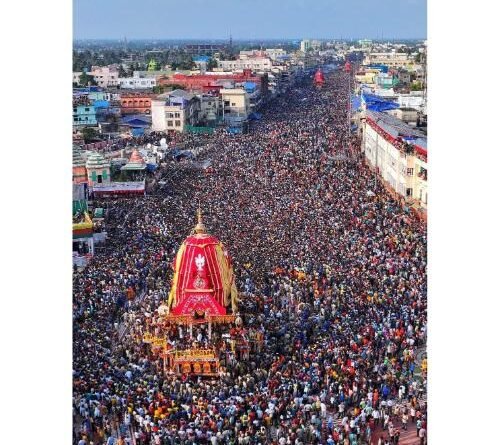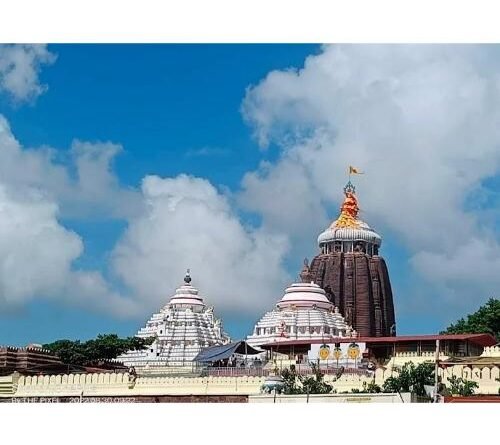Jagannath Temple Puri
Jagannath Temple is an important Hindu temple dedicated to Jagannath, a form of Vishnu – one of the trinity of supreme divinity in Hinduism. Puri is in the state of Odisha on the east coast of India. King Indradyumna of Avanti had built the main temple of Puri Mantha Jagannath. The present temple was rebuilt from the late 10th century onwards, replacing pre-existing temples in the complex, but not the main Jagannath temple, and was begun by Anantavarman Chodaganga, the first king of the Eastern Ganga Dynasty.Many rumors are spread about the temple but there is no concrete evidence for it.
The Puri temple is famous for its annual Rath Yatra, or chariot festival, in which the three principal deities are pulled on huge and elaborately decorated temple cars, with worship performed by tribal priests riding Bhils in the Jagannath temple. Unlike the stone and metal icons found in most Hindu temples, the image of Jagannath is made of wood and is ceremoniously replaced by an exact replica every twelve or 19 years. It is one of the Char Dham pilgrimage sites. Puri temple is also famous because many legends believe that Krishna’s heart was kept there and the material it is made of damages the heart so they have to change it every twelve years.
This temple is sacred to all Hindus and especially to Vaishnava traditions. Many great Vaishnava saints, such as Ramanujacharya, Madhvacharya, Nimbarkacharya, Vallabhacharya and Ramananda were closely associated with the temple. Ramanuja established the Emaar Math near the temple and Adi Shankara established the Govardhan Math, the seat of one of the four Shankaracharyas. It also holds special significance for followers of Gaudiya Vaishnavism, whose founder was Chaitanya Mahaprabhu, was attracted to the deity, Jagannatha and lived in Puri for many years.
History
The temple was rebuilt in the 10th century AD by the Ganga Dynasty king Anantavarman Chodaganga, as evidenced by the Kendupatna copper-plate inscription of his descendant Narasimhadeva II. Anantavarman was originally a Shaiva, and he became a Vaishnava sometime after conquering the Utkala region (in which the temple is located) in 1112 AD. 1134-1135 BC Details of his donation to the temple are recorded in an inscription dated 125 BC. Hence, the construction of the temple must have started some time after 1112 AD.
Illustration of the Puri Temple from the book L’Inde des Rajahs: Voyage dans l’Inde Central et dans les Présidences de Bombay et de Bengale, 1877
According to one story in the temple history, it was founded by Anangabhima-deva II: different chronicles mention the year of construction as 1196, 1197, 1205, 1216, or 1226. This suggests that the construction of the temple was completed or that the temple was renovated during the reign of Anangabhima, son of Anantavarman. The temple complex was further developed during the reign of later kings including the Ganga Dynasty and the Gajapati Dynasty.







